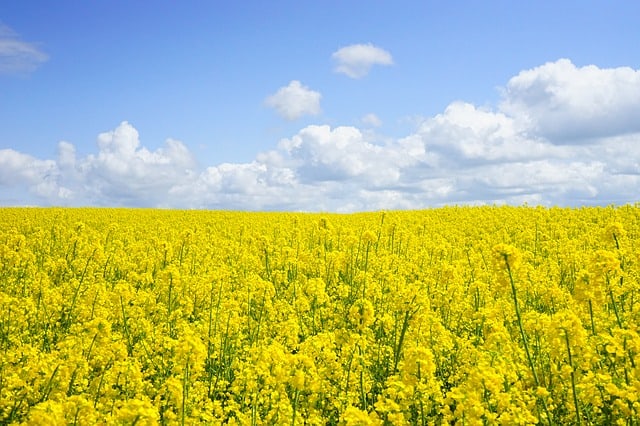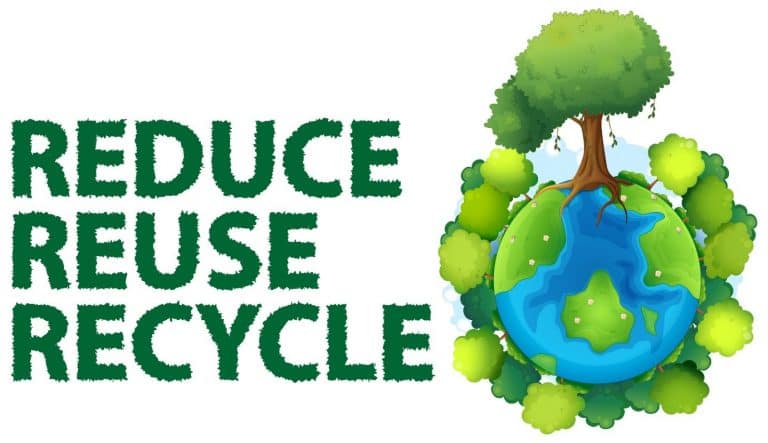What is Monoculture? Various Advantages and Disadvantages of Monoculture

Monoculture is one kind of agricultural procedure where a particular crop or plant has to be grown in a field at a time. Unlike Polyculture, many organic farms use Monoculture for a number of reasons. It allows the farmer to plant in an effective way and also to harvest with excellence.
Today, Monoculture is very popular not only in an industrialized agricultural area but also in the organic agricultural field. But instead of its growing popularity, some risks are there in bringing this practice into action.
If the process of Monoculture is continuous, farmers tend to raise similar species of the plant every year. So, this action leads them to the rapid enlargement of diseases and pests and leads the uniformed crop to the pathogens.
There are also some types of Monoculture, which are perennials. Sugar cane, African palm oil, and pines are some of them. Sometimes, this causes problems for the whole atmosphere and also for the human being. On the other hand, with the help of polyculture, we can add a diversity which helps in crop rotation.
Monoculture Versus Polyculture
Unlike Monoculture, Polyculture is the process where more than one crop is grown in the same land at the same time. Therefore, it is the alternative to Monoculture.
In the areas of grassland, the concept of the Monoculture is primarily new. Grassland organizations or systems like chalk and hay meadows have a variety of high species. After the continuous grazing of several years, this type of diversity arises in the chalk grasslands.
Some Rewards of Monoculture
- Lower competition of nutrients for the plants.
- Lower competition for solar energy and land space.
- Effective control of unbeneficial organisms.
- Costs Reduction by the restriction on specialized equipment required for the arable procedure.
- The forms of Monoculture are various though they are not unsafe.
History of Arable Monocultures
We generally get the background of the arable ecosystem in the forms of other ecosystems. They may be either heather Moorlands, coppiced woodlands, or even chalk grassland.
There are some specialized people or a management group that have the capability to create a suitable condition for the growth of a huge number of plants of special species. All these special types of plants they use for fertile soil with the environment of disturbed soil.
It was primarily the case when the inorganic and herbicide fertilizers were not used in the work of farming. Instead, all the species of flowering came under the cereal ecosystem.
Some insects are there, which goes very well to these cereal ecosystems. All these insects also play the role of pollinators, and that is the reason why they are so important to the crop. Inside the arable grasslands, there are few birds that exist completely inside arable grasslands.
Monoculture is the expansion of a particular type of plant over a huge land. Russet Potatoes and some different kinds of soybeans and corn come in this category.
So, the process of the Monoculture is the production of a single crop exclusive of using the same land for any other purposes. And this is the specialty of this type of farming.
The system of Monoculture has several advantages, along with the disadvantages. Let’s discuss each one of them in detail.
Advantages of Monoculture
Straightforwardness
Monoculture grassland has a very simple and straightforward system. From the preparation of soil to the inputs of chemicals, even the irrigations, the producers should take care of those that go very well with the nature of the plant of single species.
This allows the production field to get ready for the greatest production of any single crop as the soil and the production environment is favorable.
The treatment of diseases and pests is also essential in this field. But one thing we need to keep in mind that as there are no other species of plants, the attacks from diseases and pests are also very limited in this form of farming.
So the field of Monoculture has uniformity, which is very special for the harvesting. It is because you can easily collect the helpful parts of any plant. So the technique of harvesting is also very straightforward but would often be destructive to other species of crops sharing a similar ground.
Makes Cultivation Easier
Monoculture simplifies the process of cultivation. Without any extra effort, the crop of Monoculture grows with minimal care. Because it needs a single technique for the preparation of soil, the same is also holds good for pest control and irrigation.
Disadvantages of Monoculture
Reduces Biological Controls
Biological control gets affected when Monoculture is applied to a particular agricultural land. Without Monoculture, this biological control helps a specific plant or any species of animal in a particular atmosphere to keep their sizes under control.
Additionally, this also keeps the soil nutrients replenished and in balanced form. Monoculture disturbs this natural stability. The assortment of similar species of plants in a single area strips the nutrients with a negative impact on the underlying soil structure.
Pests and Diseases
The field of Monoculture is vulnerable as we get extensive outbreaks of various pests and diseases. The infection of a single plant can spread to the entire field easily to infect other plants. The same thing applies in the case of pests attack also. If any pest attacks a plant in a field of Monoculture, it continuously poses threats to the other plants of the same field-leading to an explosion of plant population in a short array.
Resources
No single species of plant can take full benefit of any particular environment, and this happens because of variable nutrients and minerals, depth of root, and other metabolic by-products. Planting a crop in the field of Monoculture for an unlimited period often reduces those resources which are required by all that species of plant. Sometimes these plants neglect all the existing resources that other species of plant can take advantage of.
Rotation of crops can help as solutions to mitigate this trouble. However, it often entails planting less commercial products, or lower yielding crops, or sometimes leaves the field empty for entire seasons of harvesting.
Contaminates the Soil and Groundwater
With the Monoculture, the soil suffers from the shortage of bacteria and microorganisms and ends up becoming more erratic. Farmers often have no other options than using a greater amount of fertilizer to keep the soil nutrients intact as the soil is very much affected by Monoculture crops. Excessive use of fertilizer also damages groundwater health.
Monoculture is used to explain a situation that is characterized by a lower level of diversity. Though primarily the term is attached to agricultural activities of growing a single plant or any single species of animal, this practice also refers to a small number of genetic distinctions that have to be present across a farmhouse.
Those companies which deal with commercial agricultural products believe more in the Monoculture than any other process of production. It is primarily because the system of Monoculture allows them to obtain more products and more profits as well within a limited cost.
But solitary farmers tend to focus on a variety of corps within a particular area. The popular US commercial farms, for example, focus on cultivating a particular crop, and they choose corn and soy as their favorites.
Thus Monoculture has both advantages and disadvantages. If we use them more scientifically, then it would be a blessing to the farmers.






